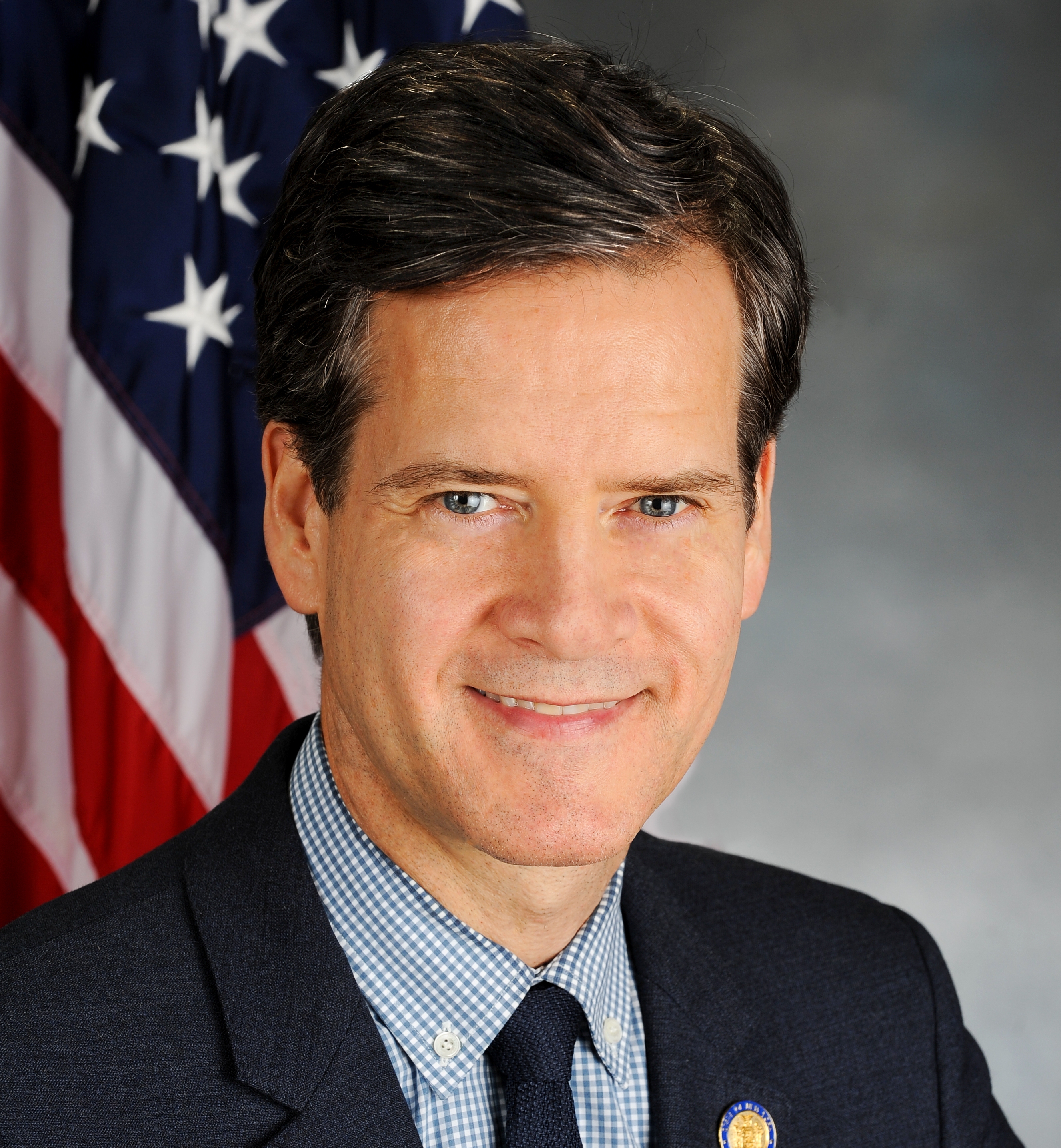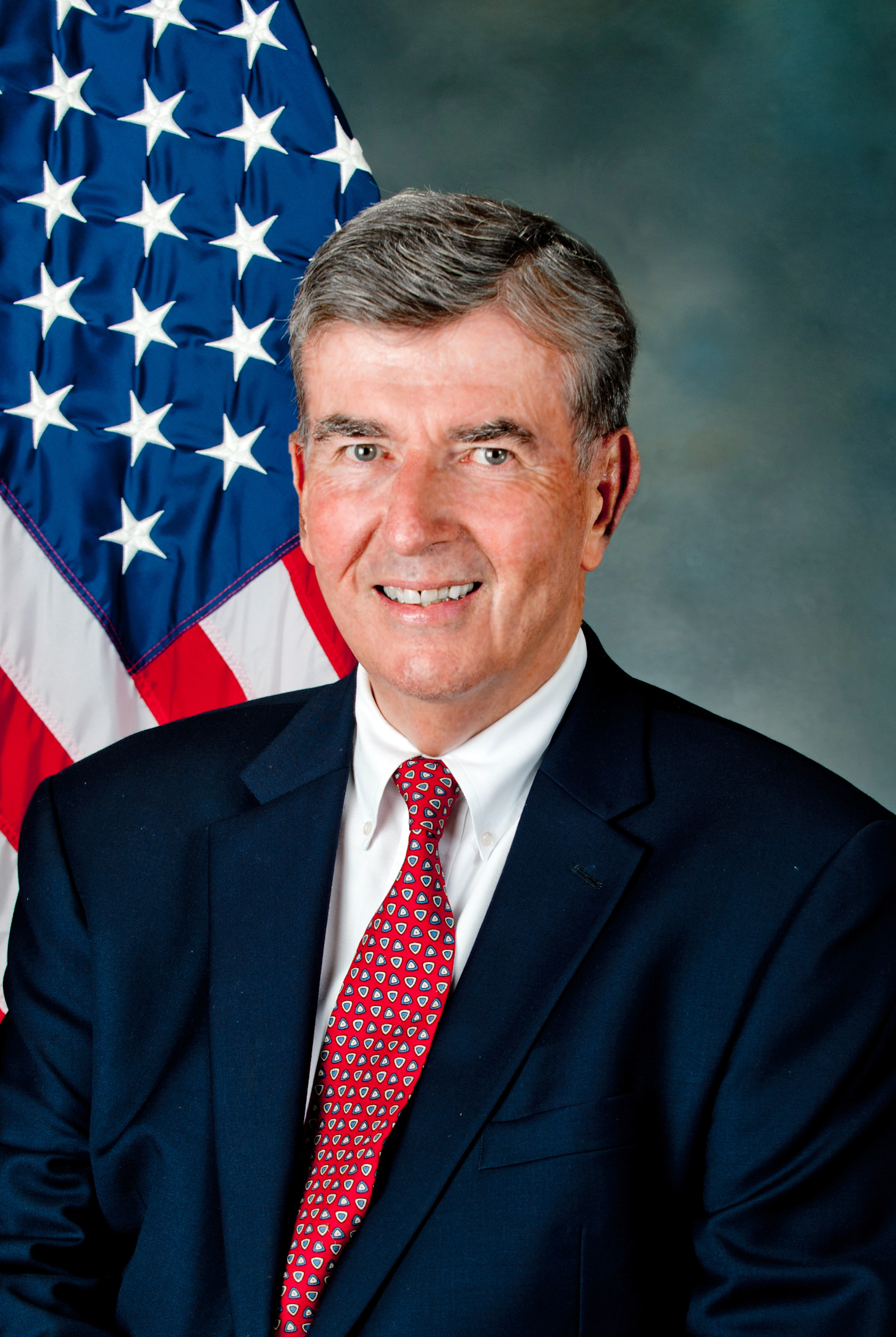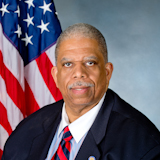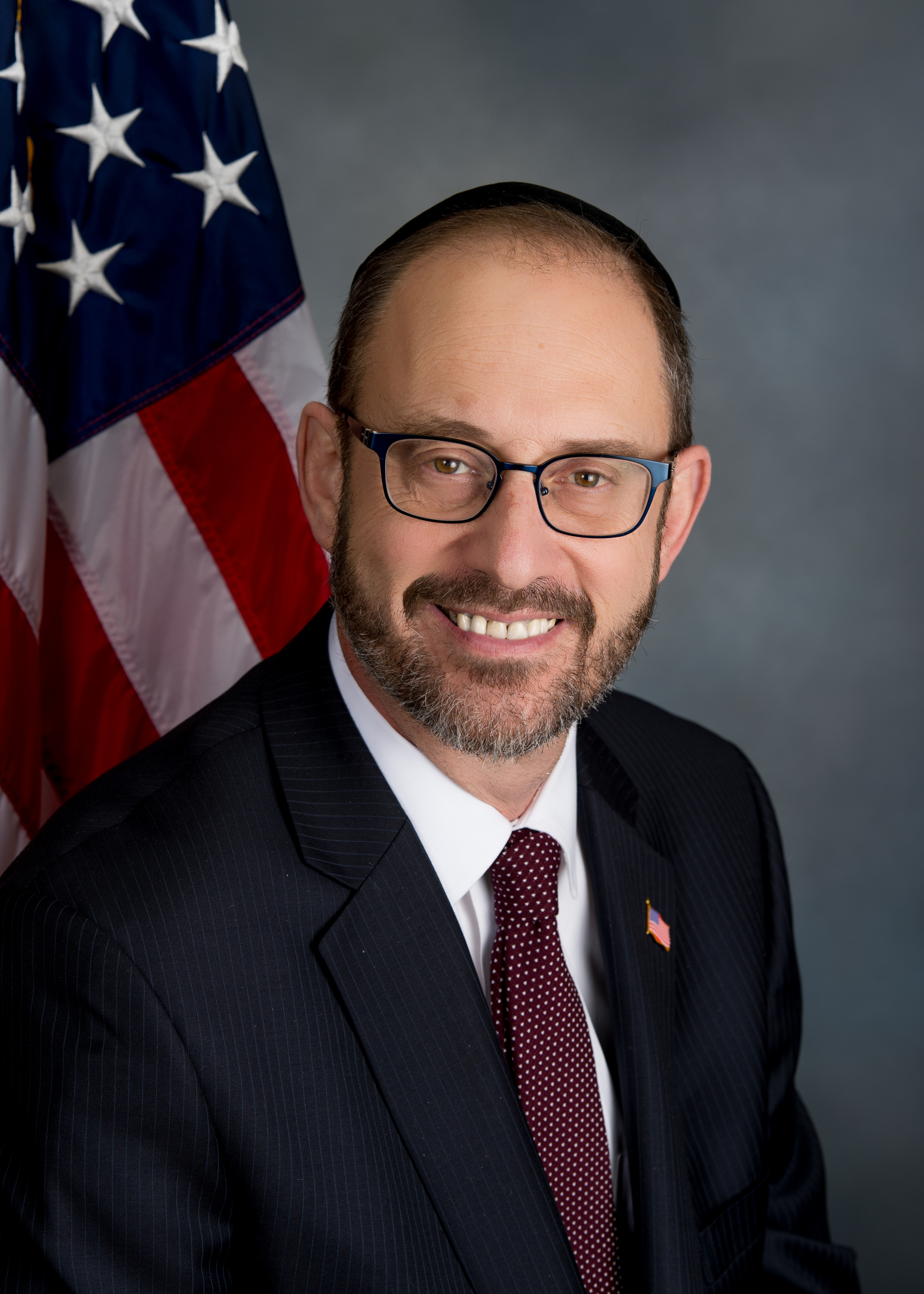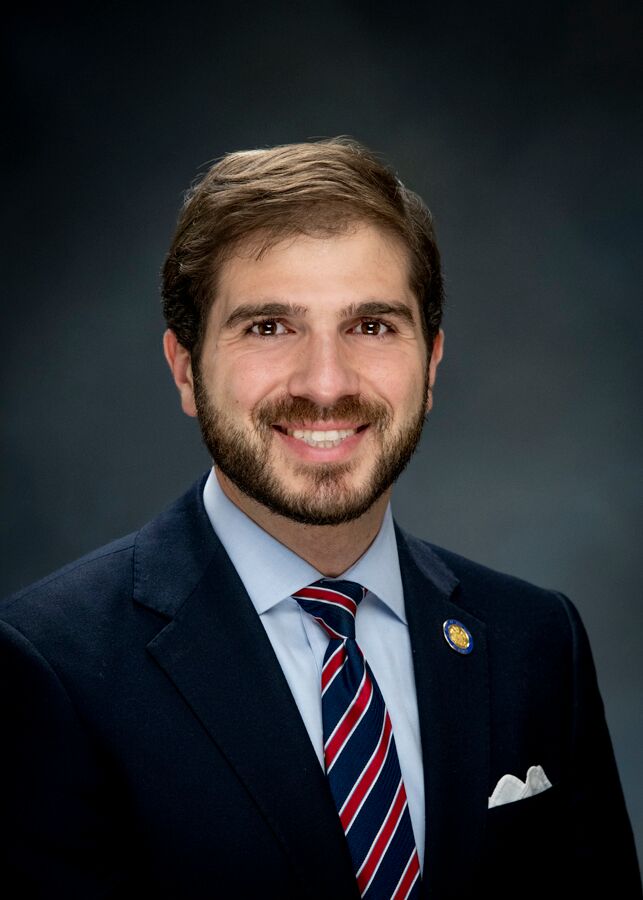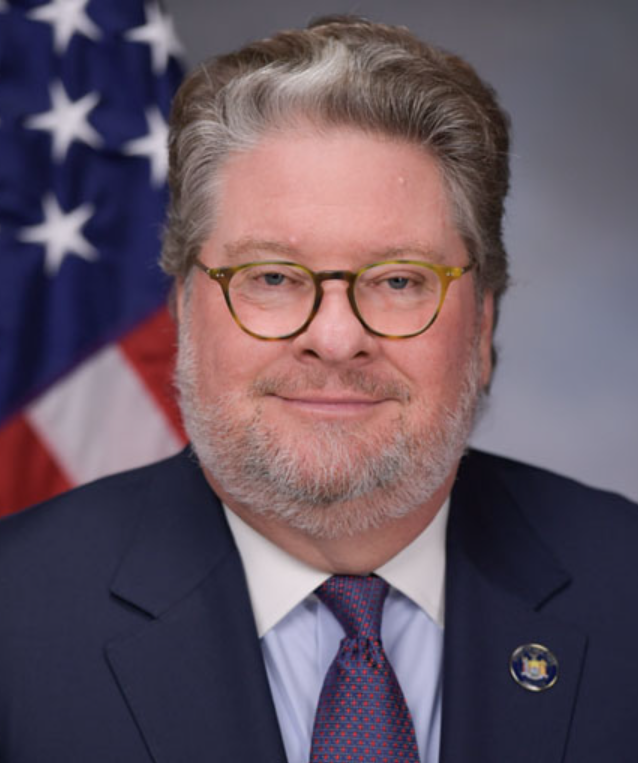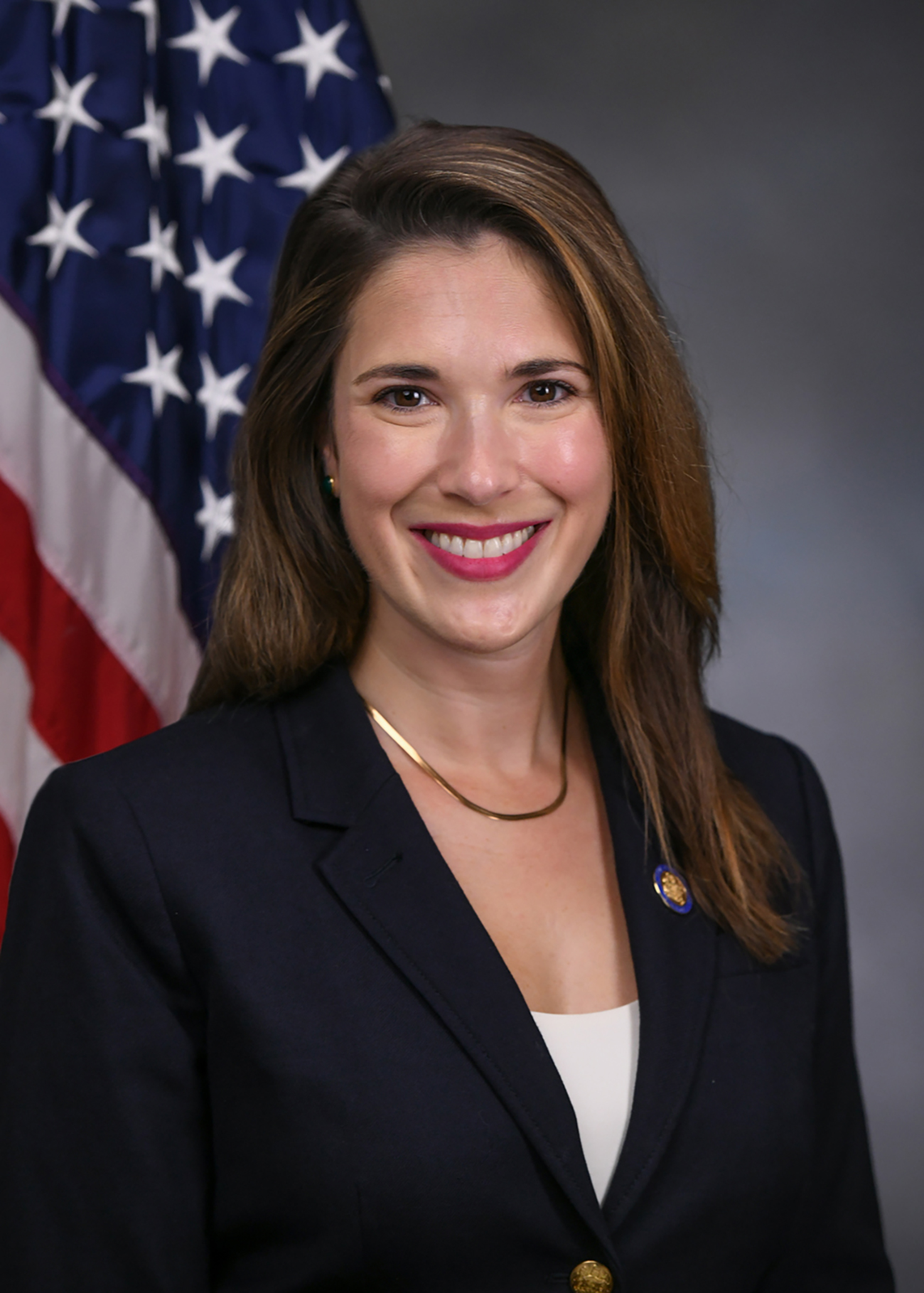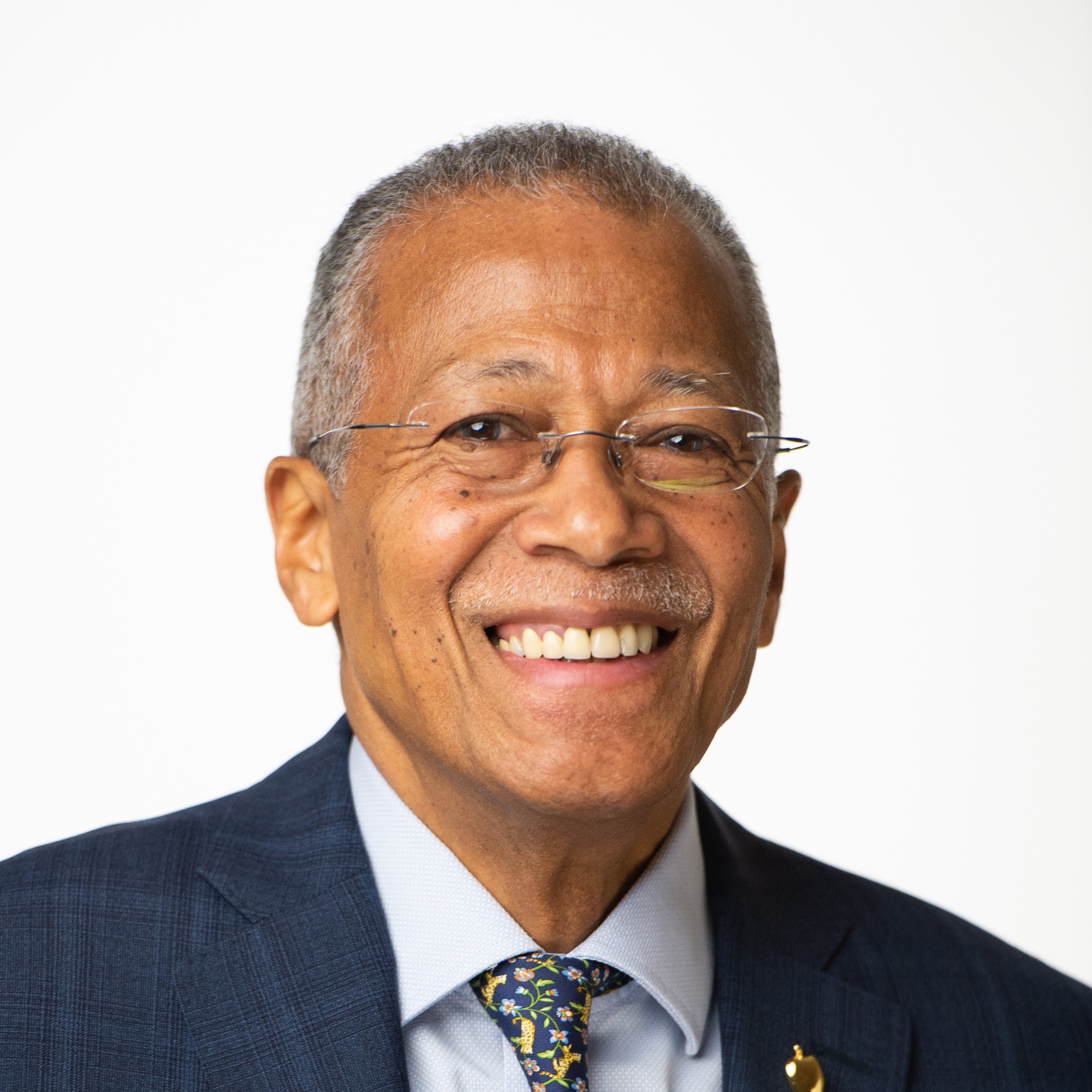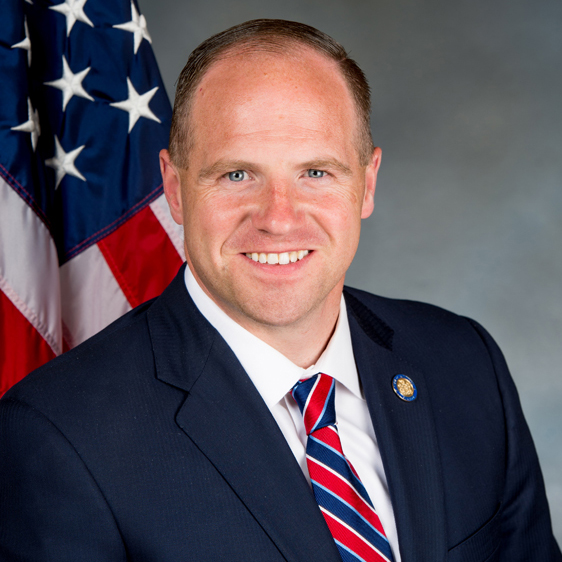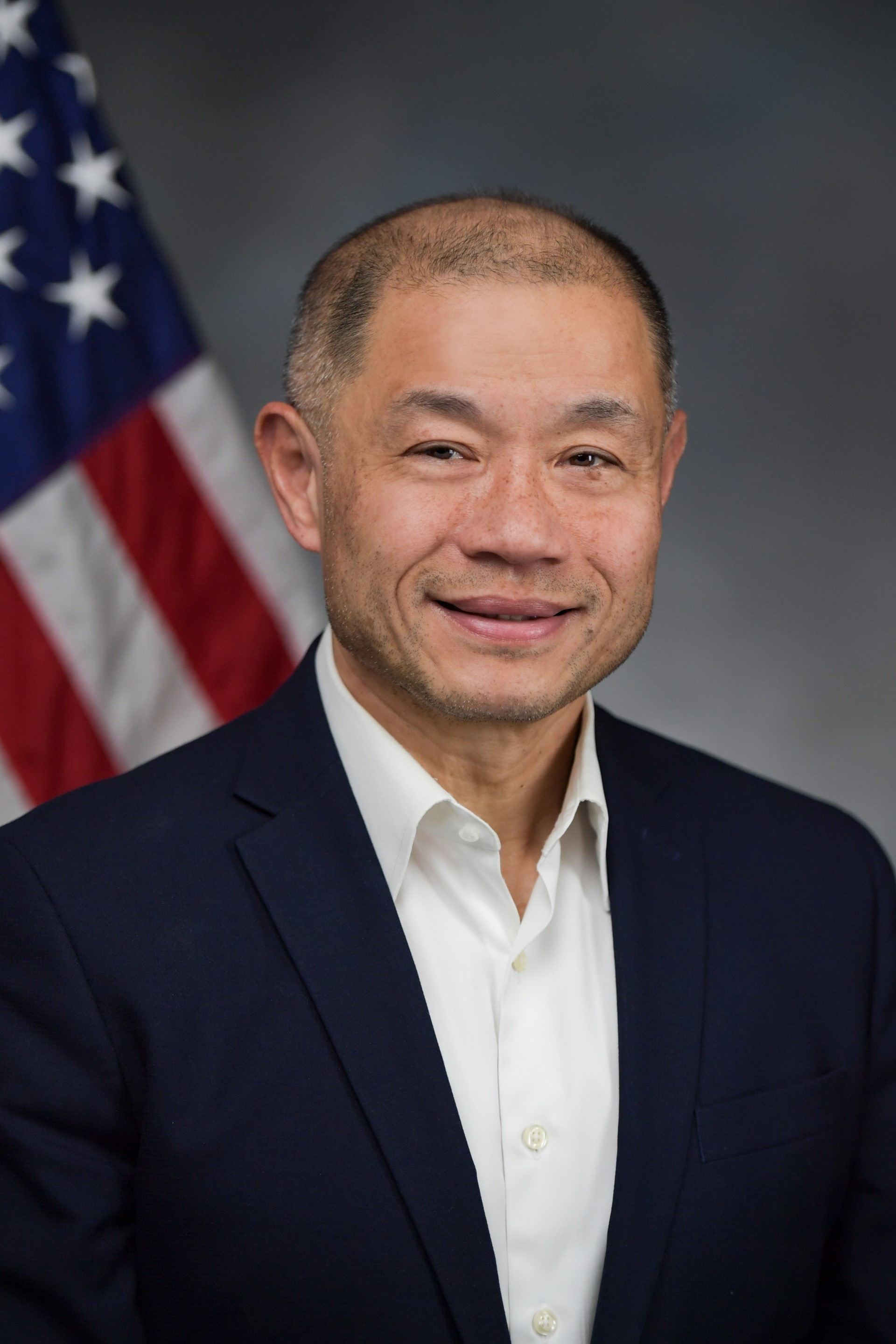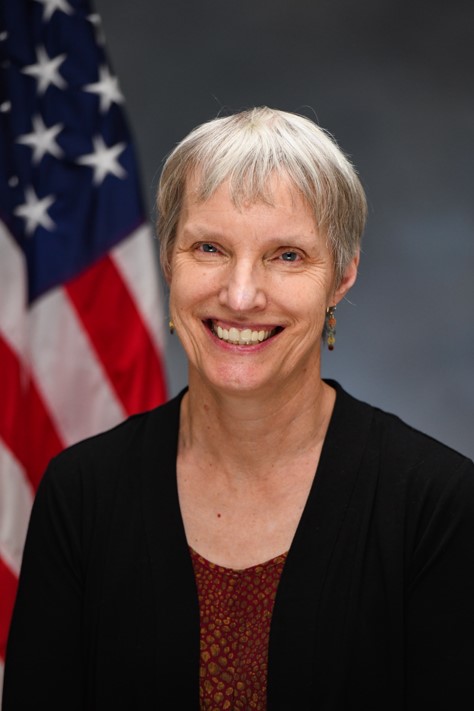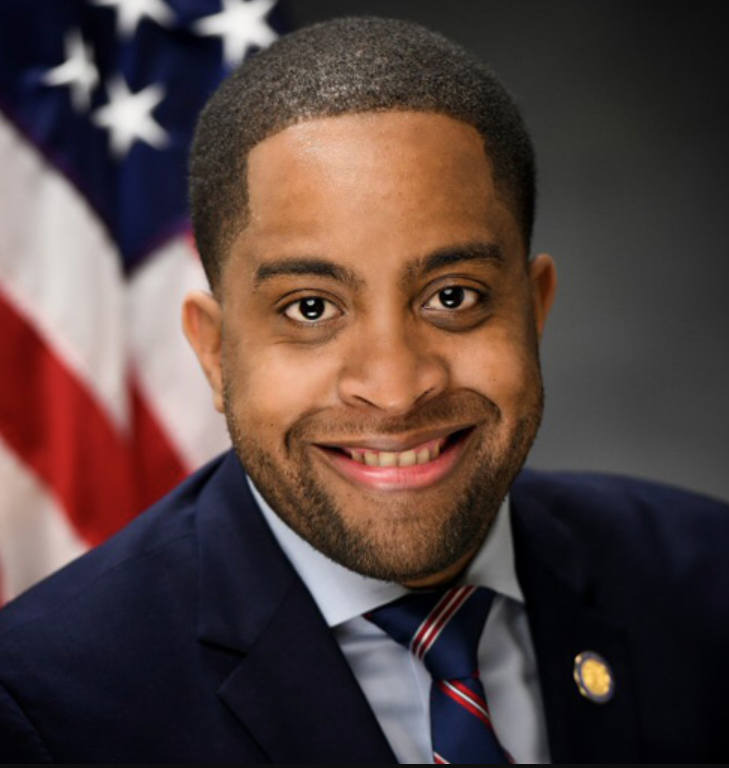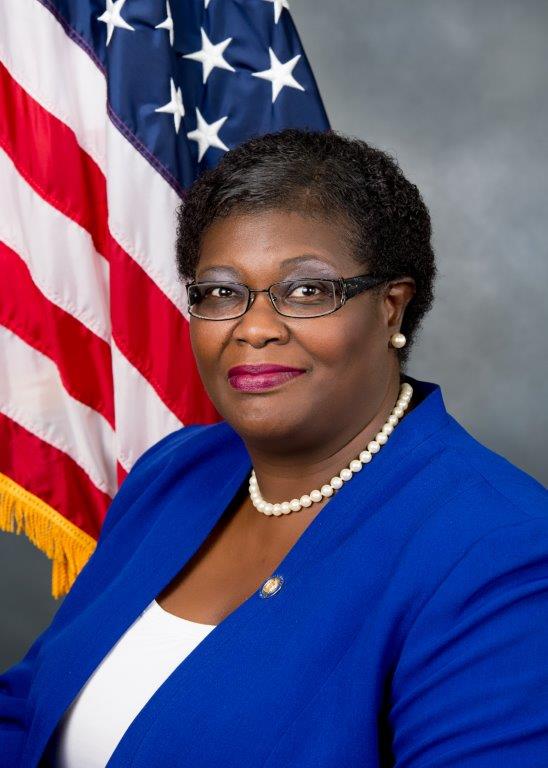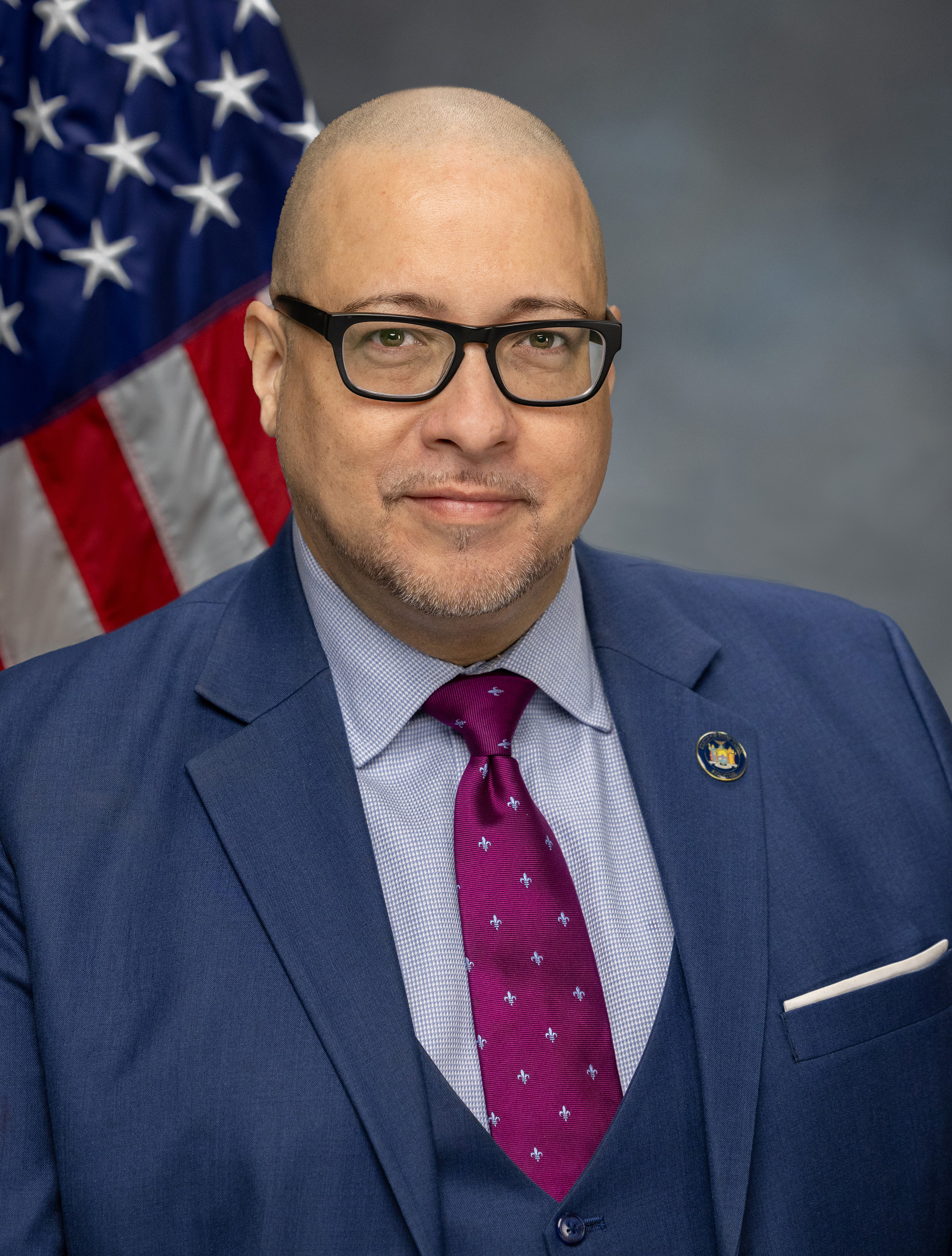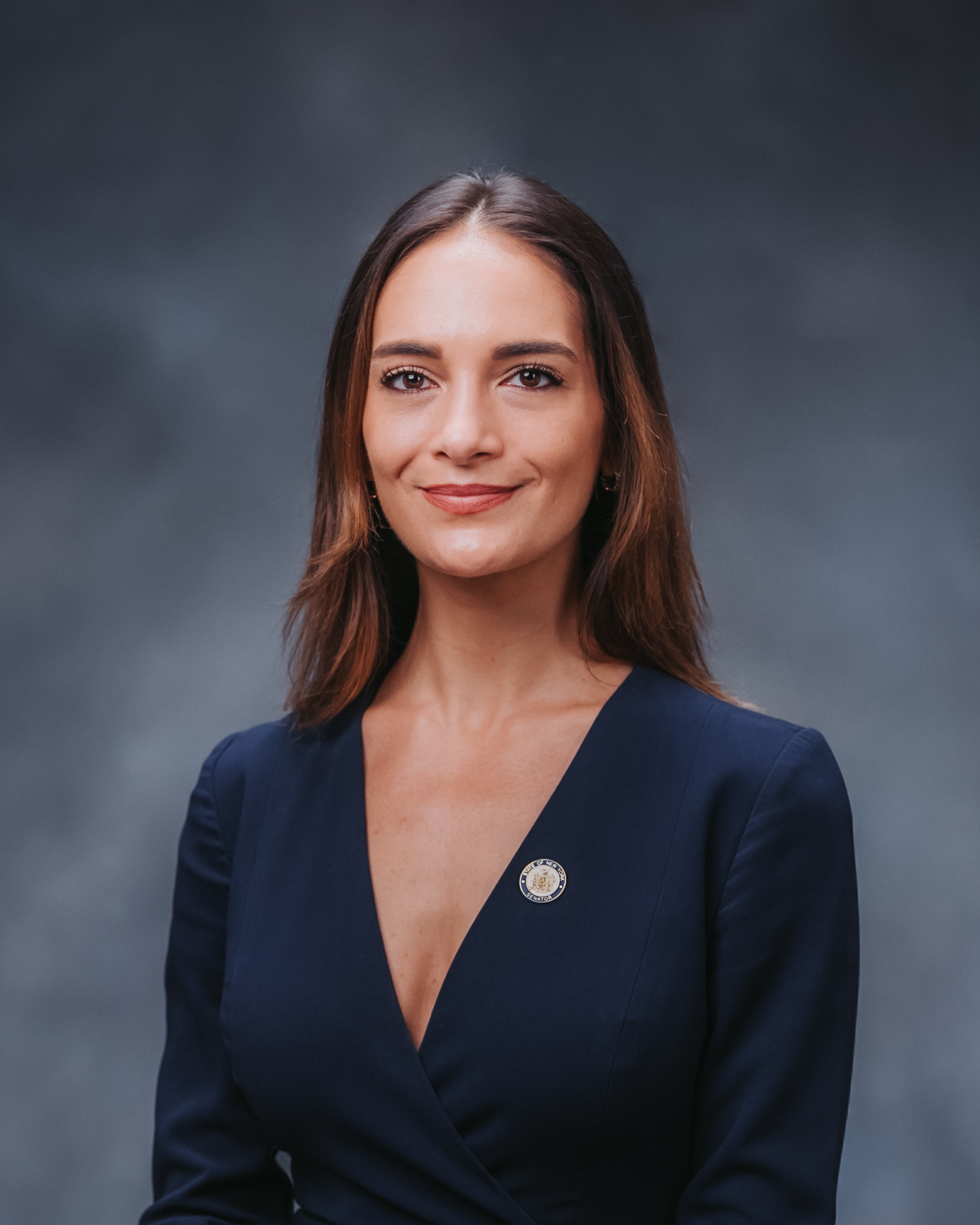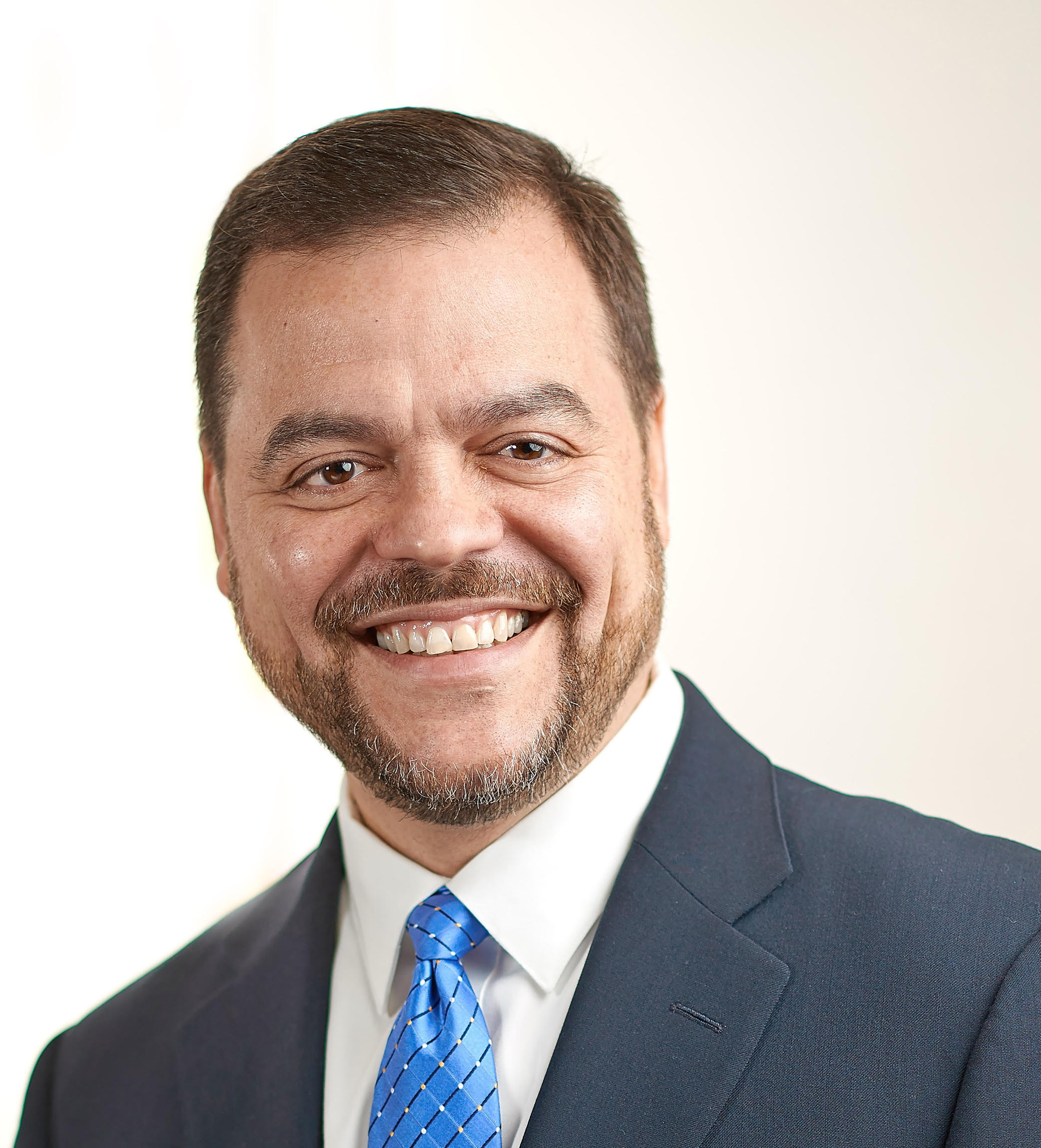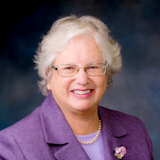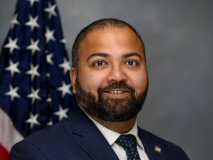S T A T E O F N E W Y O R K
________________________________________________________________________
1536
2023-2024 Regular Sessions
I N S E N A T E
January 12, 2023
___________
Introduced by Sens. HOYLMAN-SIGAL, ADDABBO, BAILEY, BRESLIN, COMRIE,
FELDER, GOUNARDES, HARCKHAM, HINCHEY, JACKSON, KAVANAGH, KENNEDY,
KRUEGER, LIU, MAY, MAYER, MYRIE, PARKER, PERSAUD, RAMOS, RIVERA, SALA-
ZAR, SANDERS, SEPULVEDA, SERRANO, STAVISKY, THOMAS -- read twice and
ordered printed, and when printed to be committed to the Committee on
Consumer Protection
AN ACT to amend the general business law, in relation to limiting robo-
calls to state residents and to require telephone service providers to
offer free call mitigation technology to telephone customers
THE PEOPLE OF THE STATE OF NEW YORK, REPRESENTED IN SENATE AND ASSEM-
BLY, DO ENACT AS FOLLOWS:
Section 1. This act shall be known and may be cited as the "robocall
prevention act".
§ 2. Section 399-p of the general business law, as amended by chapter
581 of the laws of 1992, subdivision 6 as amended by chapter 546 of the
laws of 2000, subdivision 6-a as added and subdivision 8 as amended by
chapter 176 of the laws of 1998, is amended to read as follows:
§ 399-p. [Telemarketing; use] USE of automatic [dialing-announcing]
DIALING devices and placement of ROBOCALLS AND consumer telephone calls.
1. Definitions. As used in this section, the following terms shall have
the following meanings:
(a) "automatic [dialing-announcing] DIALING device" means [any auto-
matic equipment which incorporates a storage capability of telephone
numbers to be called and is used, working alone or in conjunction with
other equipment, to disseminate a prerecorded message to the telephone
number called without the use of an operator] EQUIPMENT THAT MAKES A
SERIES OF CALLS TO STORED TELEPHONE NUMBERS, INCLUDING NUMBERS STORED ON
A LIST, EXCEPT FOR EQUIPMENT THAT REQUIRES A HUMAN TO DIAL OR PLACE EACH
INDIVIDUAL CALL ONE CALL AT A TIME, AND REQUIRES SUCH HUMAN TO THEN
REMAIN ON EACH CALL;
EXPLANATION--Matter in ITALICS (underscored) is new; matter in brackets
[ ] is old law to be omitted.
LBD05410-01-3
S. 1536 2
(b) "person" means any natural person, firm, organization, partner-
ship, association or corporation, or other entity, whether for-profit or
not-for-profit;
(c) "consumer" means a natural person who is solicited to purchase,
lease or receive a good or service for personal, family or household
use;
(d) "consumer telephone call" means a call made to a telephone number
by a telephone solicitor, whether by device, live operator, or any
combination thereof, for the purpose of soliciting a sale of any consum-
er goods or services for personal, family or household purposes to the
consumer called, or for the purpose of soliciting an extension of credit
for consumer goods or services to the consumer called, or for the
purpose of obtaining information that will or may be used for the direct
solicitation of a sale of consumer goods or services to the consumer
called or an extension of credit for such purposes; provided, however,
that "consumer telephone call" shall not include a call made by a tele-
phone corporation, as defined by subdivision seventeen of section two of
the public service law, in response to a specific inquiry initiated by a
consumer regarding that consumer's existing or requested telephone
service; [and]
(e) "telephone solicitor" means a person who makes or causes to be
made a consumer telephone call;
(F) "ROBOCALL" MEANS A CALL MADE, INCLUDING A TEXT MESSAGE SENT, TO
ANY TELEPHONE NUMBER OWNED BY A PERSON OR ENTITY IN THE STATE:
(1) USING AN AUTOMATIC DIALING DEVICE; OR
(2) USING AN ARTIFICIAL OR PRERECORDED VOICE;
(G) "CALL MITIGATION TECHNOLOGY" MEANS TECHNOLOGY THAT IDENTIFIES AN
INCOMING CALL OR TEXT MESSAGE AS BEING, OR AS PROBABLY BEING, AN
UNWANTED ROBOCALL, AND, ON THAT BASIS, BLOCKS THE CALL OR MESSAGE,
DIVERTS IT TO THE CALLED PERSON'S ANSWERING SYSTEM, OR OTHERWISE
PREVENTS IT FROM BEING COMPLETED TO THE CALLED PERSON, EXCEPT THAT IT
PERMITS A CALL OR TEXT SO IDENTIFIED TO BE COMPLETED WHEN IT IS IDENTI-
FIED AS BEING MADE BY A LAW ENFORCEMENT OR PUBLIC SAFETY ENTITY;
(H) "PRIOR EXPRESS CONSENT" FOR A CALL MEANS THAT THE PURPOSE OF THE
CALL MUST BE CLOSELY RELATED TO THE PURPOSE FOR WHICH THE TELEPHONE
NUMBER WAS ORIGINALLY PROVIDED BY THE CALLED PARTY. A CALL BY A NON-PRO-
FIT ORGANIZATION WHICH IS FEDERALLY TAX EXEMPT PURSUANT TO 26 U.S.C.
501(C), TO A MEMBER WHO HAD JOINED SUCH ORGANIZATION OR TO THE HOUSEHOLD
OF SUCH A MEMBER, IS PRESUMED TO BE CLOSELY RELATED. A CUSTOMER'S PRIOR
EXPRESS CONSENT CAN BE REVOKED BY THE CUSTOMER AT ANY TIME IN ANY
REASONABLE MANNER, REGARDLESS OF THE CONTEXT IN WHICH THE OWNER OR USER
OF THE TELEPHONE PROVIDED CONSENT;
(I) "TELEPHONE SERVICE PROVIDER" MEANS ANY COMPANY THAT PROVIDES VOICE
SERVICE UTILIZING ANY TECHNOLOGY, REGARDLESS OF WHETHER SUCH PROVIDER IS
REGULATED PURSUANT TO THE PUBLIC SERVICE LAW;
(J) "LABOR ORGANIZATION" MEANS ANY ORGANIZATION OF ANY KIND WHICH
EXISTS FOR THE PURPOSE, IN WHOLE OR IN PART, OF REPRESENTING EMPLOYEES
EMPLOYED WITHIN THE STATE OF NEW YORK IN DEALING WITH EMPLOYERS OR
EMPLOYER ORGANIZATIONS OR WITH A STATE GOVERNMENT, OR ANY POLITICAL OR
CIVIL SUBDIVISION OR OTHER AGENCY THEREOF, CONCERNING TERMS AND CONDI-
TIONS OF EMPLOYMENT, GRIEVANCES, LABOR DISPUTES, OR OTHER MATTERS INCI-
DENTAL TO THE EMPLOYMENT RELATIONSHIP. FOR THE PURPOSES OF THIS SECTION,
EACH LOCAL, PARENT NATIONAL OR PARENT INTERNATIONAL ORGANIZATION OF A
STATEWIDE LABOR ORGANIZATION, AND EACH STATEWIDE FEDERATION RECEIVING
DUES FROM SUBSIDIARY LABOR ORGANIZATIONS, SHALL BE CONSIDERED A SEPARATE
LABOR ORGANIZATION; AND
S. 1536 3
(K) "DEPARTMENT" MEANS THE DEPARTMENT OF STATE.
2. No person shall [operate an automatic dialing-announcing device]
MAKE ANY ROBOCALL, nor place any consumer telephone call, except in
accordance with the provisions of this section. The [use of such device]
MAKING OF A ROBOCALL by any person, either individually or acting as an
officer, agent, or employee of a person [operating automatic dialing-an-
nouncing devices] MAKING A ROBOCALL, is subject to the provisions of
this section.
2-A. (A) A PERSON SHALL BE PERMITTED TO MAKE A ROBOCALL ONLY WHEN SUCH
ROBOCALL IS:
(1) MADE FOR EMERGENCY PURPOSES, PURSUANT TO SUBDIVISION SEVEN OF THIS
SECTION;
(2) MADE WITH THE PRIOR EXPRESS CONSENT OF THE CALLED PARTY;
(3) MADE BY A LABOR ORGANIZATION TO SUCH ORGANIZATION'S MEMBERS OR TO
THE HOUSEHOLD OF SUCH MEMBERS; OR
(4) AUTHORIZED BY REGULATIONS PROMULGATED BY THE DEPARTMENT PURSUANT
TO PARAGRAPH (B) OF THIS SUBDIVISION.
(B) THE DEPARTMENT, IN CONSULTATION WITH THE DEPARTMENT OF PUBLIC
SERVICE, SHALL PROMULGATE REGULATIONS TO IMPLEMENT THE PROVISIONS OF
THIS SUBDIVISION, AND MAY PERMIT, SUBJECT TO SUCH CONDITIONS AS THE
DEPARTMENT MAY PRESCRIBE, ROBOCALLS TO BE MADE TO A RESIDENTIAL TELE-
PHONE LINE WITHOUT PRIOR EXPRESS CONSENT IF SUCH CALLS ARE NOT MADE FOR
A COMMERCIAL PURPOSE.
3. [Whenever telephone calls are placed through the use of an automat-
ic dialing-announcing device, such device shall do all of the following]
IN ADDITION TO THE PROVISIONS OF SUBDIVISION TWO-A OF THIS SECTION:
(a) IF A ROBOCALL OR CONSUMER TELEPHONE CALL PERMITTED BY THIS SECTION
USES A PRERECORDED VOICE, SUCH CALL SHALL state at the beginning of the
call the nature of the call and the name of the person or on whose
behalf the message is being transmitted and at the end of such message
the address, and telephone number of the person on whose behalf the
message is transmitted, provided such disclosures are not otherwise
prohibited or restricted by any federal, state or local law; and
(b) IF A ROBOCALL PERMITTED BY THIS SECTION IS MADE USING AN AUTOMATIC
DIALING DEVICE, SUCH DEVICE SHALL disconnect [the automatic dialing-an-
nouncing device] from the telephone line upon the termination of the
call by either the person calling or the person called.
4. No person shall operate an automatic [dialing-announcing] DIALING
device which uses a random or sequential number generator to produce a
number to be called.
4-A. (A) NO PERSON MAKING A ROBOCALL SHALL KNOWINGLY CAUSE ANY CALLER
IDENTIFICATION SERVICE TO TRANSMIT MISLEADING, INACCURATE, OR FALSE
CALLER IDENTIFICATION INFORMATION WITH THE INTENT TO DEFRAUD, CAUSE
HARM, OR WRONGFULLY OBTAIN ANYTHING OF VALUE.
(B) THIS SUBDIVISION DOES NOT PROHIBIT:
(1) ANY AUTHORIZED ACTIVITY OF A LAW ENFORCEMENT AGENCY; OR
(2) ANY ACTIVITY PURSUANT TO A COURT ORDER THAT SPECIFICALLY AUTHOR-
IZES THE USE OF CALLER IDENTIFICATION MANIPULATION.
4-B. (A) A TELEPHONE SERVICE PROVIDER THAT PROVIDES TELEPHONE SERVICE
TO CUSTOMERS RESIDING IN THE STATE SHALL MAKE CALL MITIGATION TECHNOLOGY
AVAILABLE TO ANY SUCH CUSTOMER, UPON REQUEST, AND AT NO ADDITIONAL
CHARGE. SUCH PROVIDER SHALL ALSO OFFER TO ANY SUCH CUSTOMER THE ABILITY
TO HAVE THE PROVIDER PREVENT CALLS AND TEXT MESSAGES IDENTIFIED AS ORIG-
INATING FROM A PARTICULAR PERSON FROM BEING COMPLETED TO THE CALLED
PERSON, UPON REQUEST, AND AT NO ADDITIONAL CHARGE.
S. 1536 4
(B) THE DEPARTMENT, IN CONSULTATION WITH THE DEPARTMENT OF PUBLIC
SERVICE, SHALL PROMULGATE REGULATIONS TO IMPLEMENT THE REQUIREMENTS OF
THIS SUBDIVISION, INCLUDING, IF APPROPRIATE, A REASONABLE DELAY IN
REQUIRING IMPLEMENTATION AND OFFERING OF CALL MITIGATION TECHNOLOGY IF
FOR GOOD CAUSE, TAKING INTO ACCOUNT THE CONSUMER PROTECTION PURPOSES OF
THIS SECTION, AND INCLUDING PROCEDURES FOR ADDRESSING INCIDENTS IN WHICH
A CALL WANTED BY THE CUSTOMER IS PREVENTED FROM REACHING THE CUSTOMER.
THE DEPARTMENT MAY ALSO PROMULGATE REGULATIONS ALLOWING FOR THE REQUIRE-
MENTS OF THIS SUBDIVISION TO BE WAIVED FOR EXISTING NETWORK FACILITIES
IN INSTANCES WHERE THE TELEPHONE SERVICE PROVIDER CAN REASONABLY DEMON-
STRATE THAT CALL MITIGATION TECHNOLOGY CANNOT FEASIBLY BE IMPLEMENTED ON
SUCH FACILITIES DUE TO TECHNOLOGICAL LIMITATIONS, UNTIL SUCH TIME AS IT
CAN BE FEASIBLY IMPLEMENTED.
5. No [automatic dialing-announcing device shall be used to call and
no] ROBOCALL OR consumer telephone call shall be placed to an emergency
telephone line including but not limited to any 911 or E-911 line, or
any emergency line of any volunteer fire company or fire department; any
emergency medical service, ambulance service, voluntary ambulance
service or hospital ambulance service as defined in section three thou-
sand one of the public health law; any hospital, nursing home, or resi-
dential health care facility as defined in section twenty-eight hundred
one of the public health law; any adult care facility as defined in
section two of the social services law; or any law enforcement agency or
to the telephone line of any guest room or patient room of any hospital,
nursing home, or residential health care facility as defined in section
two thousand eight hundred one of the public health law, or any adult
care facility as defined by section two of the social services law. It
shall not constitute a violation of this subdivision if the person who
places such a call can affirmatively establish that the call was placed
inadvertently despite good faith efforts on the part of such person to
comply with the provisions of this section and such person has imple-
mented a procedure to prevent subsequent calls from being placed to a
particular prohibited telephone number.
6. A telephone solicitor shall not make a consumer telephone call to a
consumer unless the telephone solicitor conforms with subparagraph one
of paragraph b of subdivision six of section three hundred ninety-nine-
pp of this article. Nothing contained herein shall be deemed to limit,
annul, alter, or affect the provisions of subdivision three of this
section.
6-a. No telephone solicitor or person who places any consumer tele-
phone call or [who operates an automatic dialing-announcing device]
ROBOCALL and no employer of any such telephone solicitor or person shall
intentionally cause to be installed, or shall intentionally utilize, any
blocking device or service to prevent the name and/or telephone number
of such solicitor or person, or the name and/or telephone number of his
or her employer, from being displayed on a caller identification device
of the recipient of any such consumer telephone call. A violation of
this subdivision shall be subject to the provisions of subdivision eight
of this section.
7. (a) Federal, state or local municipalities, or any subdivision
thereof, [using an automatic dialing-announcing device] MAKING A ROBO-
CALL for emergency purposes shall be exempted from the provisions of
this section.
(b) Notwithstanding the provisions of paragraph (a) of this subdivi-
sion, any entity [which operates] MAKING A ROBOCALL FOR EMERGENCY
PURPOSES THROUGH THE OPERATION OF a telephone warning or alert system
S. 1536 5
[which utilizes any such device for emergency purposes] shall also be
exempted from the provisions of this section.
8. Whenever there shall be a violation OF SUBDIVISION TWO, THREE,
FOUR, FOUR-A, FIVE, SIX, OR SIX-A of this section, an application may be
made by the attorney general in the name of the people of the state of
New York to a court or justice having jurisdiction to issue an injunc-
tion, and upon notice to the defendant of not less than five days, to
enjoin and restrain the continuance of such violations; and if it shall
appear to the satisfaction of the court or justice, that the defendant
has, in fact, violated SUBDIVISION TWO, THREE, FOUR, FOUR-A, FIVE, SIX,
OR SIX-A OF this section an injunction may be issued by such court or
justice enjoining and restraining any further violation, without requir-
ing proof that any person has, in fact, been injured or damaged thereby.
In any such proceeding, the court may make allowances to the attorney
general as provided in paragraph six of subdivision (a) of section
eighty-three hundred three of the civil practice law and rules, and
direct restitution. Whenever the court shall determine that a violation
of subdivision TWO, three, four, or five of this section has occurred,
the court may impose a civil penalty of not more than two thousand
dollars per call, up to a total of not more than twenty thousand
dollars, for calls placed in violation of such subdivisions within a
continuous seventy-two hour period. WHENEVER THE COURT SHALL DETERMINE
THAT A VIOLATION OF SUBDIVISION FOUR-A OF THIS SECTION HAS OCCURRED, THE
COURT MAY IMPOSE A CIVIL PENALTY OF NOT LESS THAN FIVE THOUSAND DOLLARS
NOR MORE THAN TEN THOUSAND DOLLARS FOR EACH VIOLATION. Whenever the
court shall determine that a violation of subdivision six of this
section, or a violation of subdivision six-a of this section, has
occurred, the court may impose a civil penalty of not more than two
thousand dollars. In connection with any such proposed application, the
attorney general is authorized to take proof and make a determination of
the relevant facts and to issue subpoenas in accordance with the civil
practice law and rules.
9. In addition to the right of action granted to the attorney general
pursuant to this section, any person who has received a telephone call
in violation of subdivision TWO, three, four, FOUR-A or five of this
section may bring:
(A) an action in his OR HER own name to enjoin such unlawful act or
practice[,];
(B) an action to recover his OR HER actual damages or [fifty] FIVE
HUNDRED dollars, whichever is greater[,]; or
(C) both such actions. The court may, in its discretion, increase the
award of damages to an amount not to exceed three times the [actual
damages up to one thousand dollars] AMOUNT AVAILABLE UNDER PARAGRAPH (B)
OF THIS SUBDIVISION, if the court finds the defendant willfully or know-
ingly violated such subdivisions. The court [may] SHALL award reasonable
attorney's fees to a prevailing plaintiff. ANY DAMAGES RECOVERABLE
PURSUANT TO THIS SECTION MAY BE RECOVERED IN ANY ACTION WHICH A COURT
MAY AUTHORIZE TO BE BROUGHT AS A CLASS ACTION PURSUANT TO ARTICLE NINE
OF THE CIVIL PRACTICE LAW AND RULES.
10. (A) THE DEPARTMENT, IN CONSULTATION WITH THE DEPARTMENT OF PUBLIC
SERVICE, SHALL REPORT ON ISSUES RELATED TO ILLEGAL ROBOCALLS MADE TO
TELEPHONE NUMBERS OWNED BY A PERSON OR ENTITY IN THIS STATE, AND ON THE
STATUS OF THE IMPLEMENTATION AND OFFERING OF CALL MITIGATION TECHNOLOGY
BY TELEPHONE SERVICE PROVIDERS THAT PROVIDE TELEPHONE SERVICE TO CUSTOM-
ERS RESIDING IN THE STATE. SUCH REPORT SHALL BE DELIVERED NO LATER THAN
DECEMBER FIRST, TWO THOUSAND TWENTY-FOUR, AND ANNUALLY THEREAFTER, TO
S. 1536 6
THE GOVERNOR, THE TEMPORARY PRESIDENT OF THE SENATE, THE SPEAKER OF THE
ASSEMBLY, THE MINORITY LEADER OF THE SENATE, AND THE MINORITY LEADER OF
THE ASSEMBLY.
(B) SUCH REPORT SHALL INCLUDE:
(1) A LIST OF TELEPHONE SERVICE PROVIDERS OPERATING IN THIS STATE, AND
THE STATUS OF THEIR IMPLEMENTATION AND OFFERING OF CALL MITIGATION TECH-
NOLOGY;
(2) INFORMATION REGARDING DELAYS IN THE IMPLEMENTATION AND OFFERING OF
CALL MITIGATION TECHNOLOGY, AND THE REASONS FOR SUCH DELAYS;
(3) RECOMMENDATIONS FOR ADDITIONAL MEASURES TO PROTECT CUSTOMERS FROM
ILLEGAL ROBOCALLS;
(4) THE NUMBER OF ILLEGAL ROBOCALLS MADE TO TELEPHONE NUMBERS OWNED BY
A PERSON OR ENTITY IN THIS STATE, TO THE EXTENT THAT SUCH INFORMATION IS
KNOWN; AND
(5) ANY OTHER INFORMATION OR RECOMMENDATIONS RELATING TO THE ISSUE OF
ROBOCALLS THAT THE DEPARTMENT JUDGES TO BE PERTINENT OR NECESSARY.
§ 3. Paragraph b of subdivision 11 of section 399-pp of the general
business law, as added by chapter 546 of the laws of 2000, is amended to
read as follows:
b. In every case where the court shall determine that a violation of
this section has occurred, it may impose a civil penalty of not less
than one thousand dollars nor more than two thousand dollars for each
violation, PROVIDED THAT FOR A VIOLATION OF SUBDIVISION SEVEN-A OF THIS
SECTION, THE COURT MAY IMPOSE A CIVIL PENALTY OF NOT LESS THAN FIVE
THOUSAND DOLLARS NOR MORE THAN TEN THOUSAND DOLLARS FOR EACH VIOLATION.
Such penalty shall be in addition to the denial of registration or
renewal, suspension of registration or revocation of registration or
assessment of a fine authorized by subdivision five of this section.
§ 4. If any provision of this act, or any application of any provision
of this act, is held to be invalid, that shall not affect the validity
or effectiveness of any other provision of this act, or of any other
application of any provision of this act, which can be given effect
without that provision or application; and to that end, the provisions
and applications of this act are severable.
§ 5. This act shall take effect on the ninetieth day after it shall
have become a law. Effective immediately, the addition, amendment
and/or repeal of any rule or regulation necessary for the implementation
of this act on its effective date are authorized to be made and
completed on or before such effective date.
